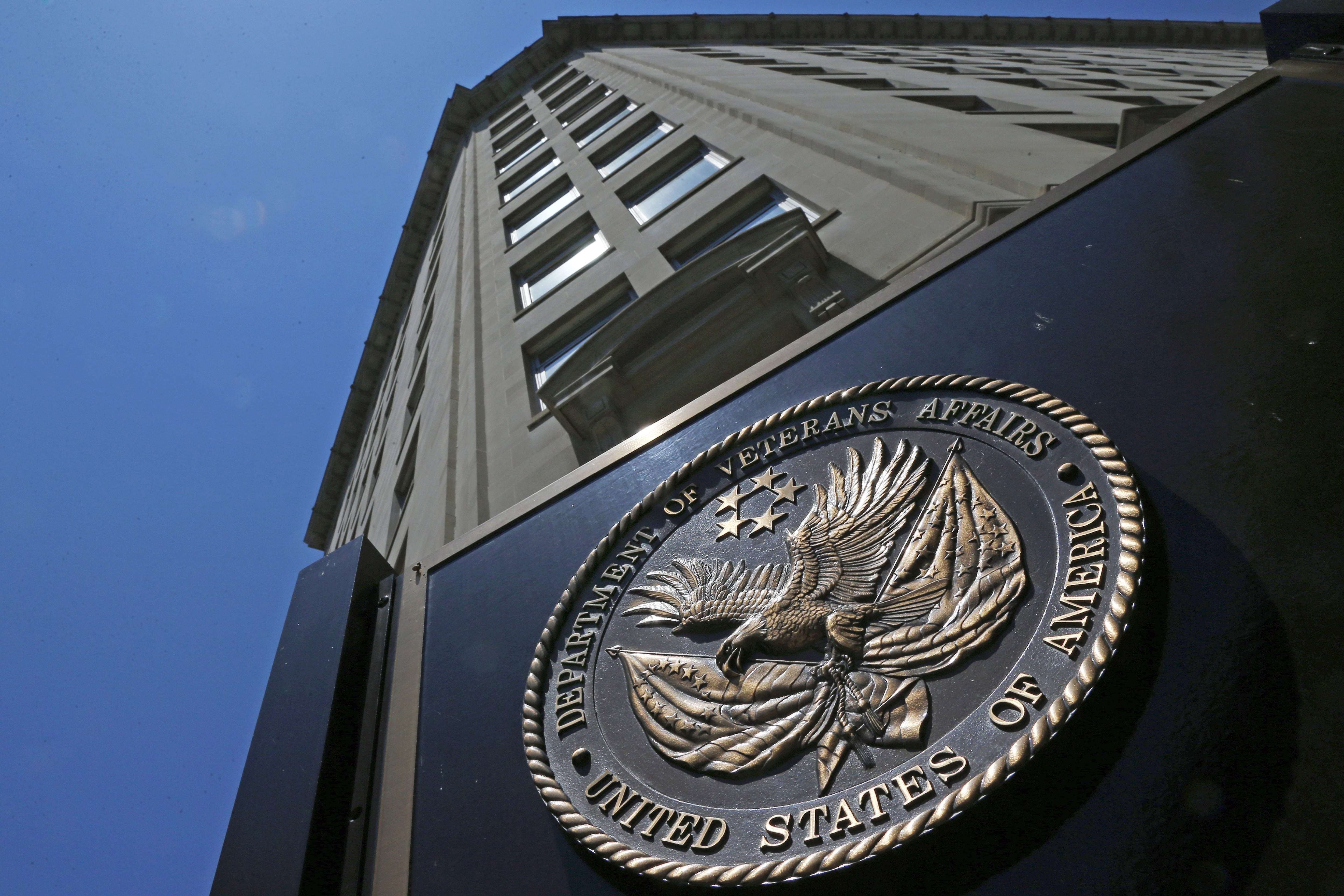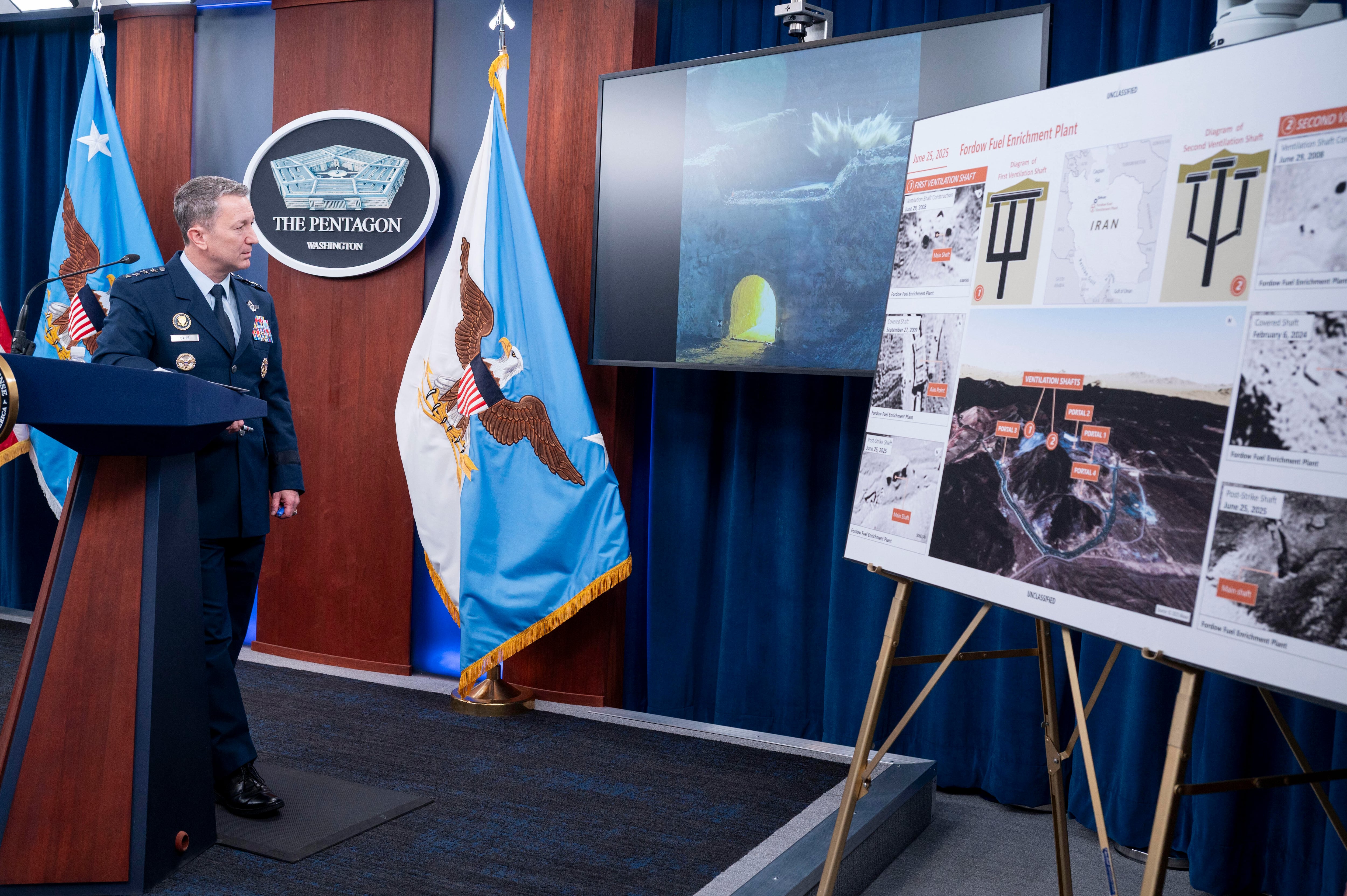The biggest overhaul of the enlisted promotion system in decades will kick into gear in 2015.
Airmen have for years complained that the old promotion system is incapable of differentiating levels of performance and has led to score inflation, to the point where the vast majority of airmen receive a so-called "firewall 5" out of five possible points.
Under the new system, those numerical ratings will be history. Instead, the Air Force is putting into place a system of prewritten responses, and supervisors will choose which of those responses best describes an airman and record it on the airman's enlisted performance report. When promotion time comes around, supervisors will take eligible airmen's EPRs and slot them into one of at least four categories, the top of which will be for airmen who are most highly recommended for promotion.
The top two categories will have a forced distribution, or quotas, so only a certain percentage of eligible airmen will end up with the highest promotion recommendations. Those quotas are intended to prevent the "firewall 5" effect from returning.
Also in 2015, the Air Force is going to start phasing out longevity points for time-in-grade and time-in-service.
And weighted enlisted performance report points will increase from the old maximum of 135 points to a new 250-point maximum. This means that EPR points are going to hold considerably more sway over who gets promoted and who gets passed over. Airmen could receive 50, 150, 200, 220 or a perfect 250 points, depending on how well they do on their EPRs.
Beginning with the 2015 promotion cycles for up to technical sergeant, the Air Force willgive points for no more than the last three EPRs, instead of the last five, to emphasize recent performance. The newest EPR will be weighted most heavily, so an airman's most recent duty performance will be emphasized.
Only EPRs produced on the static closeout date after an airman becomes eligible for promotion will be considered. This means that in the first year an airman is promotion-eligible, only his latest EPR will be considered, and the year after that, his last two EPRs will be considered.
Staff sergeants competing for promotion to technical sergeant will be the first group evaluated under the new system. That selection list will be released in late spring.
The Air Force already put into place several changes to the performance process in 2014, including establishing a new feedback form called the Airman Comprehensive Assessment and switching to new, unified static closeout dates.
Master sergeant boards
Another major component of the enlisted promotion overhaul will be the establishment of evaluation boards for promotion to master sergeant.
The master sergeant board will be identical to boards already in place for senior master sergeants and chief master sergeants, except only the top 60 percent of promotion-eligible airmen in each career field will go before the master sergeant board.
The first master sergeant board will be held in May, Brig. Gen. Brian Kelly, the Air Force's director of force management policy, said Dec.
But before that happens, between February and March, Kelly said, promotion-eligible technical sergeants will finish their specialty knowledge tests and promotion fitness examinations. Those test scores will be combined with other weighted factors, such as time in grade, time in service, decorations, and enlisted performance reports, to set initial scores.
Those initial scores will be sorted by Air Force specialty code, and the top 60 percent of airmen in each career field will move on to the board in May. For small AFSCs, with 15 or fewer airmen, all airmen will move on to the board, as long as they meet the minimum SKT and PFE scores.
The board will review the selection folder containing each airman's evaluation brief, EPRs closing out within 10 years of the promotion eligibility cutoff date, and all decorations received over the airman's career. Any Article 15 received within two years of the cutoff date and recommended for placement in the selection folder by a commander will also be considered.
The board will then calculate a score for each airman, which will replace the weighted EPR points from the first part of the process. The board score will be combined with the remaining Weighted Airman Promotion System scores from the first phase to create a final overall score, which will be racked and stacked by career field to decide who gets promoted to master sergeant.
The Air Force is limiting the number of airmen who will go before the master sergeant board because considering all eligible airmen would be too time-consuming.
Force cuts
For the first time in more than a year, airmen will enter 2015 without the specter of layoffs hanging over their heads.
Throughout 2014, tens of thousands of officers and enlisted airmen worried that they could be ousted under the Air Force's involuntary force management programs. Those programsended up forcing 6,129 airmen to involuntarily retire or separate to help reduce the Air Force's ranks. Another 13,704 airmen voluntarily retired or separated, resulting in 19,833 total cuts.
Air Force leaders previously expected force management would have to continue into 2015. In a May editorial board with Air Force Times, Air Force Secretary Deborah Lee James said she planned to complete the bulk of voluntary and involuntary force shaping programs by the summer of 2015.
But in a Dec. 16 online town hall, James said, "Enough is enough."
"There has been nothing more difficult and more straining to our airmen than the downsizing that we have been going through," James said. "Contrary to what we said earlier, that there would still be involuntary force shaping in FY15, we have now determined that we will not do involuntary force shaping in FY15. We have reduced far enough, we will not go lower, and we will fight to hold on to the numbers that we have."
The Air Force also will not offer paid voluntary force management programs such as Temporary Early Retirement Authority and voluntary separation pay, but will continue to offer a limited range of nonmonetary voluntary programs in 2015. Those voluntary programs will include waivers of some active-duty service commitments, reductions of required time in grade for retirements, and reductions in commissioned service requirements that would allow prior enlisted officers to retire with eight years of commissioned time instead of the usual 10.
The Air Force will continue to offer a Palace Chase program, allowing some airmen to serve out the rest of their active-duty service commitment in the Air National Guard or Air Force Reserve. But only the regular Palace Chase program — which requires enlisted airmen to serve two years in the Guard or reserve for every year of active duty they have left, and for officers, three years for every year remaining — will be offered in 2015.
In 2014, the Air Force offered an expanded Palace Chase program that required airmen to serve only their remaining commitment in the Guard or reserve. But that will not be offered in 2015, the Air Force said. More information on the non-monetary voluntary programs will be released in early 2015.
James said that as she traveled to dozens of Air Force bases around the world, leaders and airmen spoke to her about the uncertainty that the force shaping efforts produced.
The Air Force cut 462 officers through regular and enhanced Selective Early Retirement Boards, 214 officers through a force shaping board, and 354 officers through a Reduction in Force board. It also cut 3,535 enlisted airmen through the service's first Quality Force Review Board, 143 through date-of-separation rollbacks, and 1,421 through enlisted retention boards.
The Air Force unveiled a slate of 18 voluntary and involuntary force management programs in December 2013 that it said were necessary to help it absorb steep budget cuts.
Officials were able to steeply scale back the number of airmen facing involuntary force management programs, because many airmen accepted voluntary retirement and separation. But tens of thousands of officers and enlisted airmen still faced involuntary boards, which caused concern throughout the ranks for months.
Last year's force management programs are still having some repercussions. The last airmen involuntarily separated through the 2014 programs will leave early in 2015. The Air Force selected 975 senior airmen through technical sergeants to separate or retire through enlisted retention boards, and they must either separate by Jan. 31, or retire through TERA by Feb. 1.
And 354 officers who are being separated under a reduction-in-force will have to leave no later than April 30.
The Air Force began fiscal 2014 with 330,700 active-duty airmen, and by Nov. 6, its end strength had dropped to 316,500. The National Defense Authorization Act, passed by Congress Dec. 12, provides the Air Force an end strength of 312,980. The service is at its lowest end strength since 1947, its first year in existence, when it had 305,827 airmen.
Want to make colonel? Hit the books
Beginning in 2015, for the first time, lieutenant colonels hoping to make O-6 must have an advanced degree such as a master's degree.
The Air Force's new rule governing promotion requirements for Line of the Air Force colonels went into effect Dec. 1, after the November 2014 colonel promotion board concluded. The dates for the 2015 colonel board have not yet been announced.
But the Air Force also took steps to relax the education pressures officers feel. For example, the Air Force said it will no longer consider advanced academic degrees when Line of the Air Force officers are up for promotion to lieutenant colonel and below.
Air Force Secretary Deborah Lee James and Chief of Staff Gen. Mark Welsh said the changes were made to clarify expectations and correct a long-standing perception that most officers must complete an advanced degree to be promoted.
"Some people believe you have to have [an advanced degree] to compete for major," Welsh said in a Nov. 6 video. "There's never been an Air Force written requirement to have an academic degree beyond the bachelor's to compete at any grade."
Airmen were taking large amounts of time away from their families to complete degrees that may not have been required, Welsh said, and senior raters often operated under their own set of rules governing education requirements.
More education changes ahead
Noncommissioned officers preparing to attend NCO Academy will take an updated, online version of Course 15 in 2015, as officials at the Barnes Center at Maxwell Air Force Base, Alabama, phase out Version 0 in January. The follow-on Version 1, a downloadable PDF, will continue to be available until the Barnes Center converts the course to a Blackboard educational site.
Course 14 for senior NCOs transitioned to Blackboard with Version 6, which was introduced in fiscal 2014.
One thing Course 14 members should keep in mind in the new year: Course 14 might not have as many re-enrollment attempts for students who often fail their tests.
Airmen are tested twice within each course, and they have two attempts to pass each of the electronically graded tests, said Frank Mileto, distance learning course manager for the Barnes Center. If they fail Test A, they must retest, but if they fail again, they're in a three-month holding pattern before they can re-enroll to test again. Airmen can retest on either Test A or Test B "as many times as they need to retake it" as long as they wait three months in between each failing period, Mileto said.
But for Course 14, "each time a student enrolls in a course, that's a new Blackboard license," said Jeff Geidner, dean of academic affairs at the Barnes Center. Geidner explained that the Barnes Center has allocated in its budget the number of students they project to enroll and complete the course; however, if a student continuously fails and re-enrolls, that could go beyond the budget.
Stephen Losey is the air warfare reporter for Defense News. He previously covered leadership and personnel issues at Air Force Times, and the Pentagon, special operations and air warfare at Military.com. He has traveled to the Middle East to cover U.S. Air Force operations.





